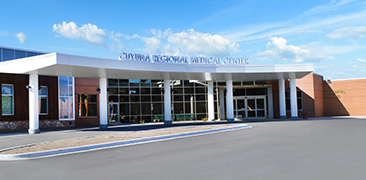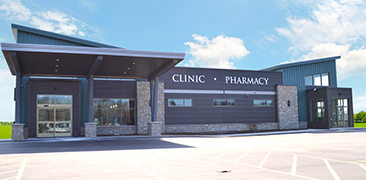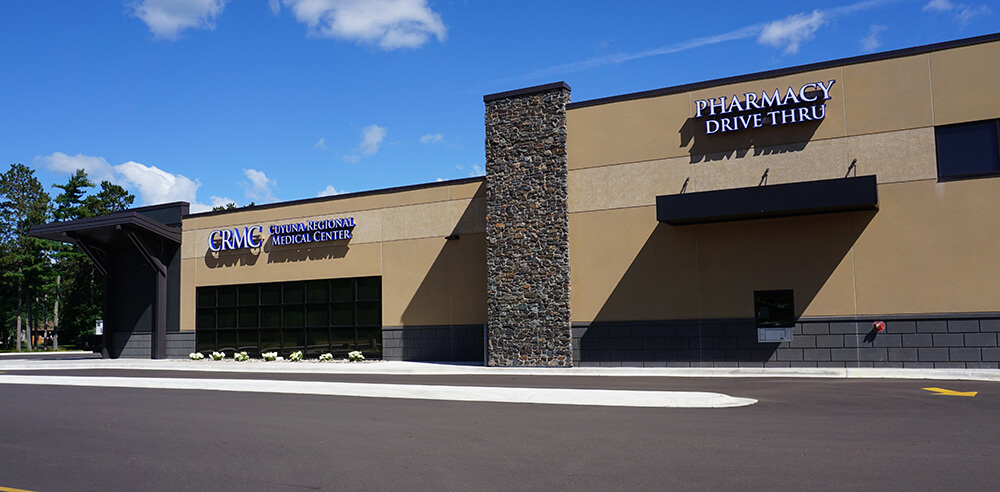More than 1/2 of women have pain during their periods. With the average age of starting periods being 10-12 years old and the average age of periods stopping with menopause being 51, that is a lot of painful episodes. The big question for most women with painful periods are:
- What is causing the pain?
- What are some treatments?
- Is there reason to be concerned?
Dysmenorrhea: There are two types of dysmenorrhea- primary and secondary. Primary dysmenorrhea is the cramping/pelvic pain during a period not caused by other diseases. Secondary dysmenorrhea is cramping/pelvic pain but is due to a medical problem like endometriosis. Painful periods are caused by excess amounts of prostaglandins being released in the lining of the uterus. Prostaglandin is a substance that comes from cells causing blood vessels to dilate muscles to contract like the uterus and the gastrointestinal tract to stimulate resulting in nausea/vomiting and diarrhea. These are the same substances released at time of injury which in a similar way causes pain. Medications like Aleve, Midol, and Ibuprofen help to block the production of prostaglandin which explains why these medications can help with pain/cramping. When someone presents for a consult, the most important starting point is to determine if dysmenorrhea is primary or secondary. Getting a good history is important.
Whatʼs been tried?
- Family history?
- Sexual history?
- Other medical problems?
- An abdominal exam and a pelvic exam (in some cases) are part of the evaluation.
A pelvic ultrasound can also be helpful. Primary dysmenorrhea can be due to less common causes like a miss shaped uterus or imperforate hymen. Secondary dysmenorrhea is often due to endometriosis. Endometriosis is the lining of the uterus found outside of the uterus. The only way to confirm the diagnosis of endometriosis is by doing a minimally invasive surgery called laparoscopy. The endometriosis implants secrete pro-inflammatory factors and are fed by estrogen from the ovaries. This inflammation can also cause bowel and/or bladder problems as well as scarring. Pelvic inflammatory disease due to prior infection can also cause secondary dysmenorrhea. Treatment with Anti-inflammatories, particularly before the period starts, can be very helpful. Tylenol (acetaminophen) doesn’t work as well as Motrin (Ibuprofen), Naproxen, Mobic, Midol, or Aleve. A healthy adult should not take more than 3200 mg of Ibuprofen in a 24-hour period. Taking anti-inflammatories on a scheduled basis a couple of days before the period or as soon as the period starts works better than starting when pain is in “full swing.” Magnesium oxide 400mg three times a day for the first few days of the period is as helpful for many women as taking Vitamin B1.
Hormones: progesterone only pills, combination oral contraceptives, or a progesterone intrauterine device are all very helpful in decreasing dysmenorrhea as well. They decrease prostaglandin production. If endometriosis is the cause, these hormonal agents can help stop pain flare-ups.
Laparoscopy is an outpatient minimally invasive surgery that can be done to evaluate for causes of ongoing painful periods if not responding to other treatments. The importance of exercise, acupuncture, and massage cannot be underestimated as additional ways to help alleviate pain.











